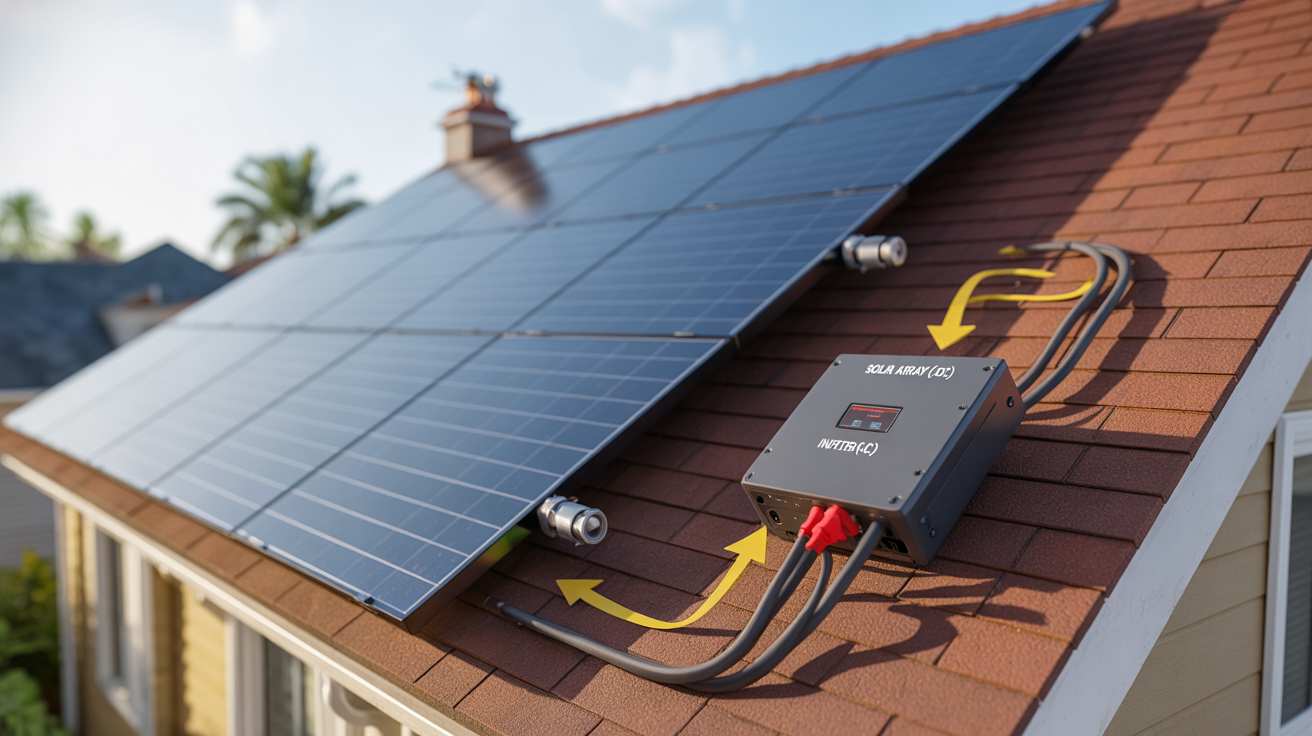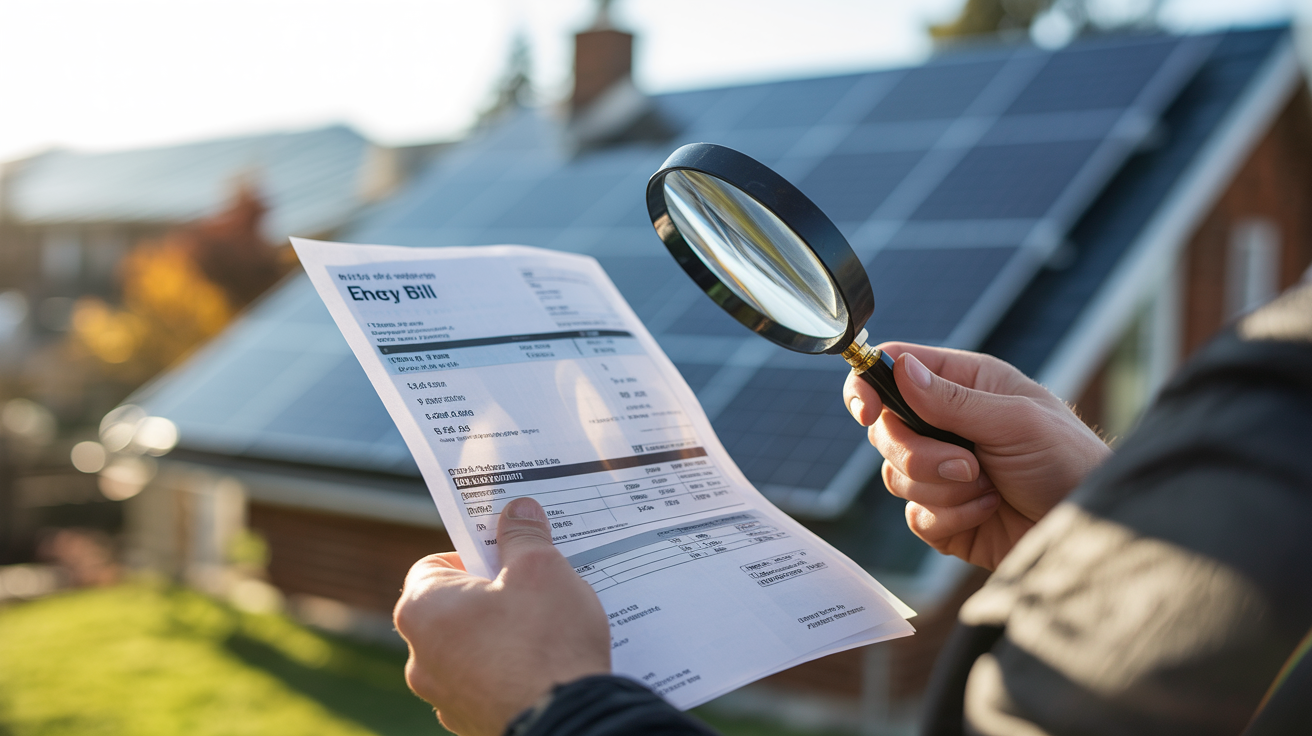As a solar consultant, one of the first things I hear from homeowners is, "I'd love to go solar, but I don't think my roof is big enough," or "That huge tree in my neighbor's yard is a problem, right?" These are valid concerns. Adopting solar energy when you have limited space or shading challenges requires a smarter approach. But I can tell you from experience: it's almost always possible to design a system that delivers significant energy savings and a cleaner footprint, even with a less-than-perfect roof.
This guide shares the practical advice I give my clients every day. We'll walk through how to realistically assess your energy needs, truly understand the impact of shade, and use modern technology to get the most out of every square foot of your roof.
Step 1: Get Real About Your Energy Needs and Roof Potential
Before we can even talk about panels, we need to do some foundational homework. This is the most critical step, and getting it right prevents costly mistakes down the line.
Know Your Kilowatt-Hours
Your electricity bills are your source of truth. I always ask homeowners to pull up their last 12 months of bills and look for the monthly kilowatt-hour (kWh) usage. This helps us see the full picture, including seasonal spikes. For context, the U.S. Energy Information Administration notes the average American home used about 899 kWh per month in 2022. Knowing your specific number is the first step in designing a system that actually meets your family's needs.
Perform a Realistic Roof Audit
Next, take a hard look at your roof. You need to identify the truly usable space. Grab a measuring tape and sketch out the areas free from obstructions like chimneys, vents, or skylights. These features don't just take up space; they also cast shadows that move throughout the day. It's also crucial to consider your roof's age and condition. A professional installer will always confirm its structural integrity, but it’s good to know if a replacement might be needed before adding the weight of a solar array.

Step 2: Conquer the Shade Problem with Modern Tech
I've seen beautiful, south-facing roofs rendered nearly useless by a single, poorly placed tree. In old solar systems, if even a small part of one panel was shaded, it could cripple the output of the entire string of panels. Thankfully, technology has made this problem manageable.
Understanding the Impact of a Shadow
Think of traditional solar panels like an old string of Christmas lights—when one bulb goes out, the whole string fails. A shadow on a single cell can act like a bottleneck, reducing the electricity flow for all the other panels connected to it. This is why accurately mapping shade patterns throughout the day and year is so important.
How We Fight Back Against Shade
Today, we use something called Module-Level Power Electronics (MLPEs). This technology allows each solar panel to operate independently, so a shaded panel won't drag down the performance of its sunny neighbors. You'll typically see two types:
-
Microinverters: These are small inverters installed on the back of every single panel. They convert DC power to usable AC power right at the source. This means if one panel's output drops due to shade, the others keep producing at their full potential. From my experience, systems with microinverters in partially shaded settings often produce up to 20% more energy than older string inverter systems.
-
Power Optimizers: These devices are also attached to each panel, but they "condition" the DC power before sending it to one central inverter. They work to squeeze the maximum power from each panel, regardless of what the others are doing. Both are fantastic solutions for roofs with complex shading.
Step 3: Right-Sizing Your Array with Smart Choices
When you're short on space, your strategy shifts from "how many panels can I fit?" to "how much power can I generate from the space I have?"
Focus on High-Efficiency Panels
This is my number one tip for space-constrained roofs. Panel efficiency is a measure of how much sunlight hitting the panel is converted into electricity. A decade ago, a typical panel was around 15% efficient. Today, it’s common to see high-quality monocrystalline panels in the 19% to 22% efficiency range. What this means for you is simple: you need fewer panels to generate the same amount of power, making every square foot of your roof more productive.
The Crucial Role of Battery Storage
Even with the most efficient panels, a small roof might not be able to generate 100% of your energy needs during the day. This is where a home battery system becomes a game-changer. These systems, often using safe and long-lasting lithium iron phosphate (LiFePO4) batteries, store the excess solar energy you generate during peak sun hours. You can then use that stored energy at night, on cloudy days, or during a power outage. A battery turns a small solar array into a robust energy solution, moving you much closer to true energy independence.
What If Your Roof Just Won't Work?
Occasionally, a roof has too many obstructions or is completely shaded. If that's your situation, don't give up. The conversation can shift to other options.
Considering a Ground-Mounted System
If you have available land, a ground-mounted solar array is an excellent alternative. The biggest advantage here is flexibility—we can position the panels at the perfect angle and orientation to capture the maximum amount of sunlight, completely avoiding any roof-related issues. These systems are ideal for properties with higher energy demands or simply when the roof isn't a viable option.
Achieving Your Energy Independence
Fitting a powerful solar array onto a small or partially shaded roof isn't a pipe dream—it's an engineering puzzle that we now have the technology to solve. By accurately assessing your needs, leveraging high-efficiency panels, and integrating smart solutions like microinverters and battery storage, you can build a resilient system that saves you money and secures your energy future. It's an investment in both your home and a more sustainable world.





Leave a comment
All comments are moderated before being published.
This site is protected by hCaptcha and the hCaptcha Privacy Policy and Terms of Service apply.